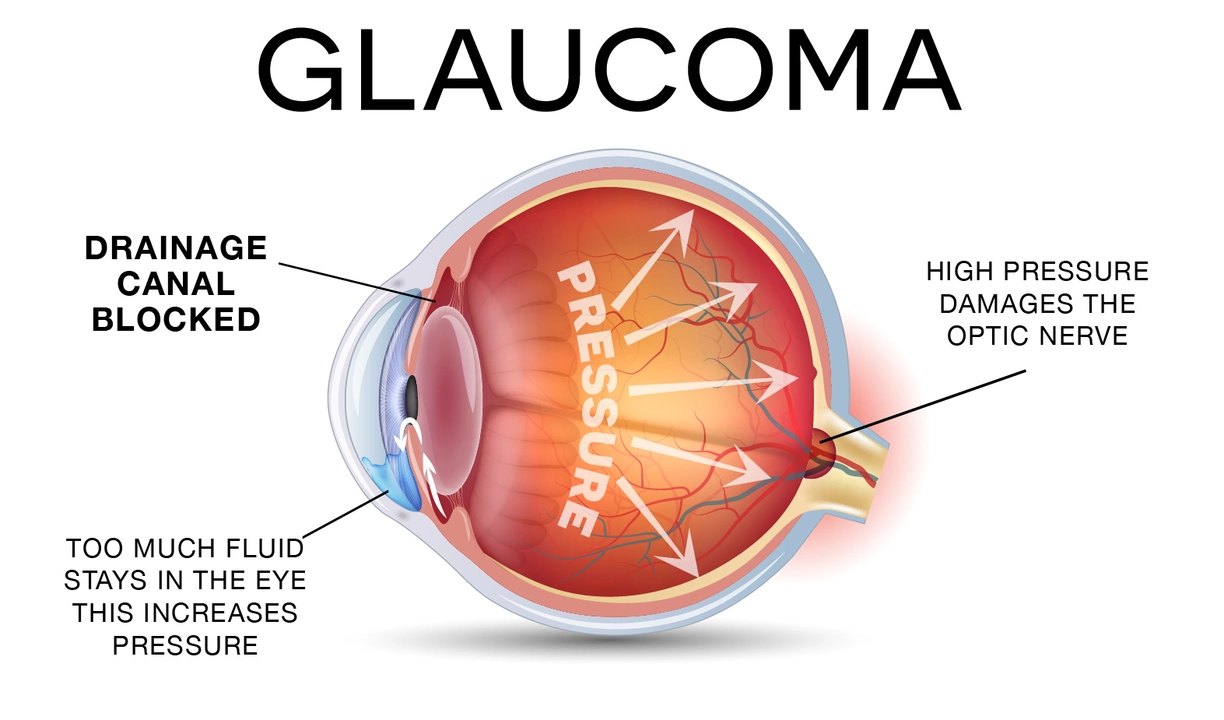Understanding Medicines, Treatments & How to Buy Them Safely
Knowing what a drug does and how it can affect you makes a big difference. On this page you’ll find hands-on, readable guides — from anxiety drugs like Ativan and Xanax to inhaler choices such as Wixela vs Symbicort, and tips for buying meds online without getting ripped off.
How to read drug information
Start with the active ingredient. That tells you what actually works. For example, Wixela uses fluticasone/salmeterol while Symbicort uses budesonide/formoterol — same goal, different combos. Next, check the approved uses, typical doses, and common side effects. Keep an eye on interactions: many drugs change how others work. If an article mentions studies or case reports (like erlotinib for leptomeningeal metastases), note the patient group — cancer case studies don’t always apply to everyone.
Look for practical warnings: pregnancy, driving, liver or kidney problems. Older adults and people with other conditions often need lower doses. If you’re unsure, ask your pharmacist or prescriber and bring any lists of current medicines — they can spot risky combos fast.
Buying medications online — smart checks
Want to shop online? Don’t just chase low prices. First, make sure the site requires a valid prescription for prescription drugs. Reliable pharmacies have clear contact info, a licensed pharmacist available, and secure checkout (HTTPS). Watch for strange domain names or sites that promise controlled medicines with no script — that’s a red flag. We review reputable options like Canada or Germany-based services in our guides, but even then verify the pharmacy’s registration and customer reviews.
For controlled or potentially habit-forming meds (Xanax, Ativan), buying without proper oversight is risky and often illegal. Read our safety articles about benzodiazepines to understand dependence and safer alternatives. For hair-loss drugs like Finast, or urinary pain relief like Phenazopyridine, follow dosing and monitoring advice closely — some drugs need lab checks or short-term use only.
When comparing treatments, weigh benefit vs harm. Our pages on alternatives — for antidepressants, pain meds, or diabetes drugs — break down why a switch might make sense and what to watch for during the change. If something sounds too good or too new, look for clinical evidence and long-term data before deciding.
Use these guides as a starting point. They’re written to help you ask the right questions at the pharmacy or clinic. If you need more detail on a specific drug or a deeper comparison, check the linked articles on this tag — they cover side effects, alternatives, and practical tips for everyday use.

